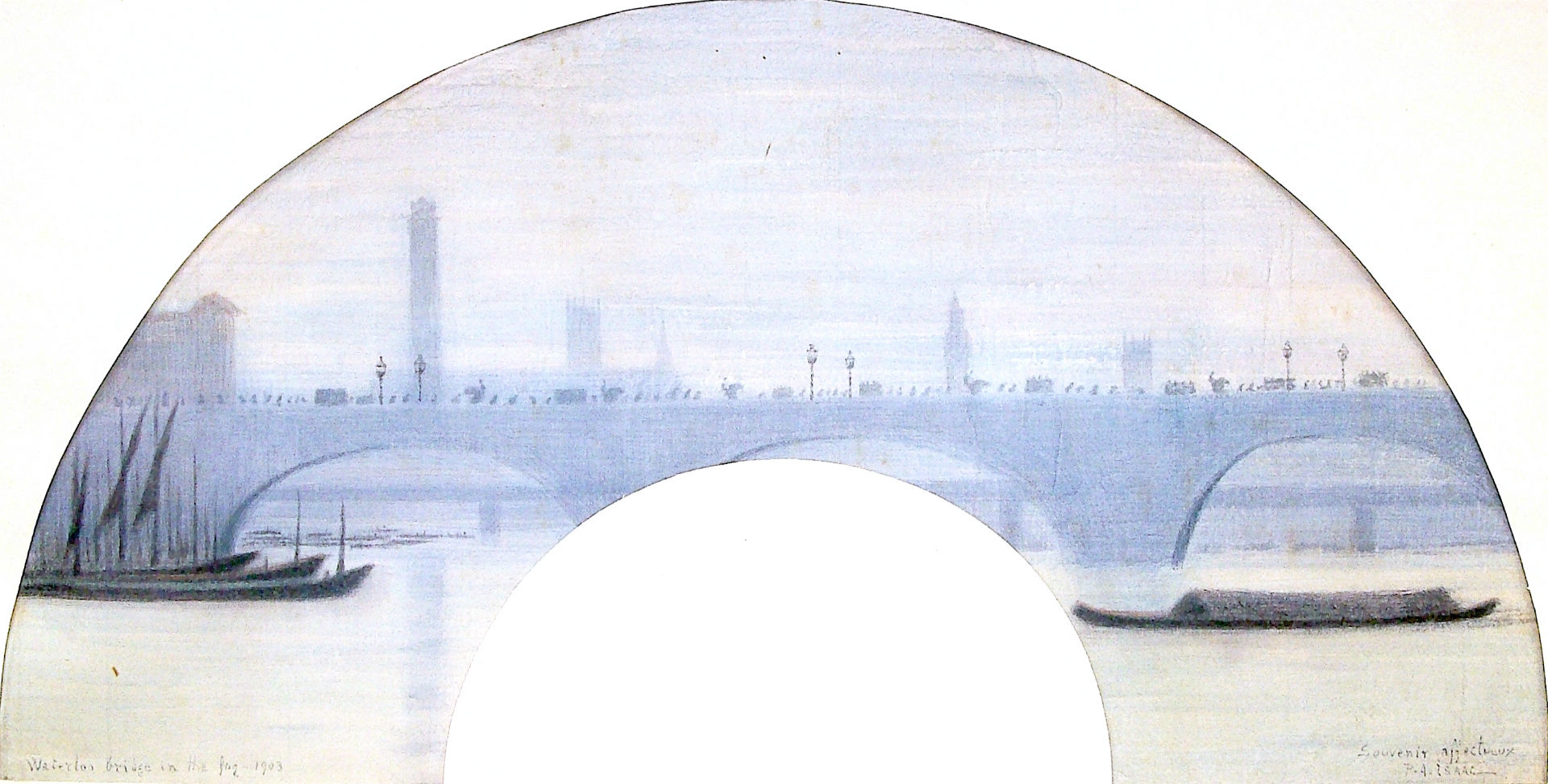A native of Calais, Isaac was the son of a lace manufacturer. He moved to Paris in the late 1870s and decided to become a painter, for which he was trained by Jean-Paul Laurens. He soon received his first commissions and continued this activity until 1895.He was a decorator for Art Nouveau until 1900 (he exhibited at the salons of Paris, Liege and Dresden) and for the last 20 years of his life concentrated on wood engraving in the Japanese manner, contributing to the fame of this technique in France (1).
Alphonse Isaac’s fascination for Japanese prints was aroused at the Louis Gonse exhibition organized at the Galerie Georges Petit in 1883. He was friendly with the collectors Théodore Duret, Edmond de Goncourt and Raymond Koechlin, as well as Gaston Migeon who was a curator at the department Medieval Decorative Arts, whom he met during his regular visits to the dealer Siegfried Bing.
It is particularly interesting to see how, among the small circle of printmakers in Paris, this generation of precursors was formed. They almost all knew each other, exchanged techniques and advice that they in turn passed on. Many of them also frequented the circle of Oriental art lovers around the jeweller and patron Henri Vever (1854-1942) in Paris. Isaac was one of the founders of the Society of Friends of Japanese Art for which he designed invitations.
From 1911, in order to improve his technique, Isaac worked with Yoshijiro Urushibara (1889-1953), who had arrived from London in 1908 and he thus became one of the finest connoisseurs of this process. He formed one of the most important collections in this field and, anxious to make their work known as widely as possible, he wrote an article / manifesto in 1913 (2).
It was probably in London that he met Urushibara who had been sent there by his employer, the publishing house Shimbi Shoin, to prepare demonstrations of printing techniques as part of the Anglo-Japanese Exhibition of 1910 (3). Henri Vever was also there and it was probably at his invitation that the Japanese artist then went to France and met the most important printmakers of the time.
Thanks to this rare pastel, we know that ISAAC visited London in 1903. However the exact motivations for this trip are not known, although it responds to artists’ interest in circulating French art in London, which had existed for some time, supported by dealers such as Durand-Ruel. The foggy and industrial atmosphere of the Thames can be seen in this work, an intimate memory which the artist gave, as the dedication seems to show.
(1) The main biographical information is taken from Émilie Vabre’s article published in the Nouvelles de l’Estampe Winter 2011/2012
(2) “Wood engraving in the Japanese way”, Art and Decoration, May 1913, p. 155-162
(3) The 1910 Anglo-Japanese exhibition was held in London’s White City district from May 14 to October 29


